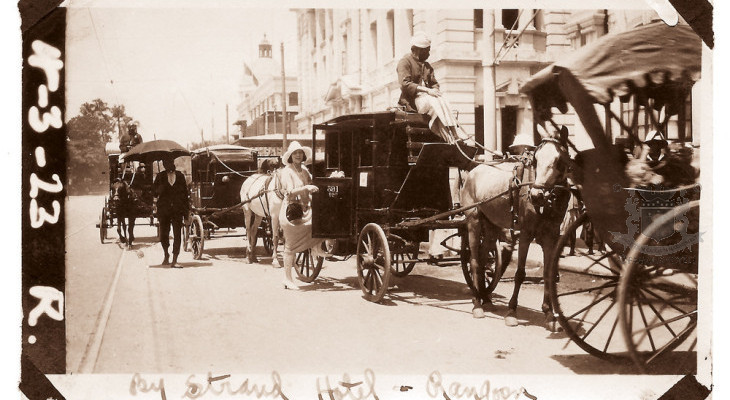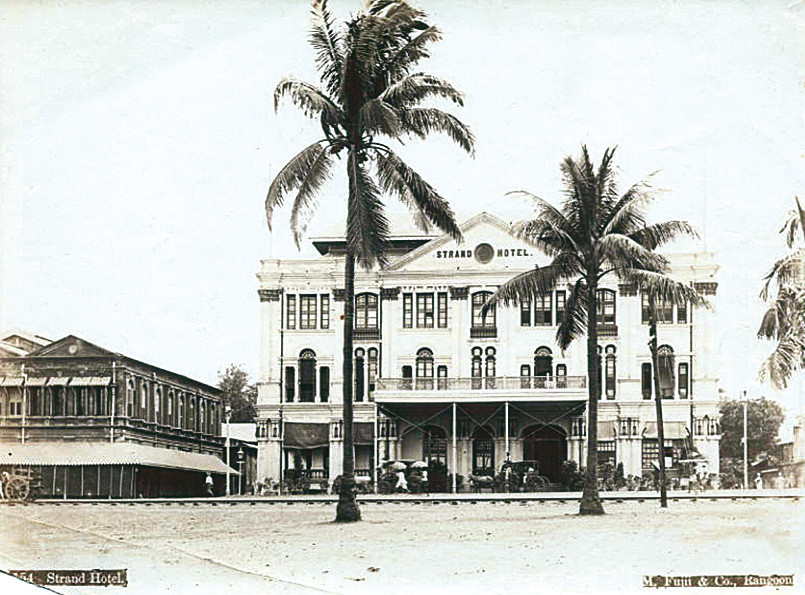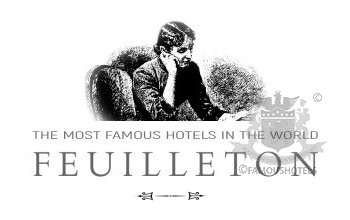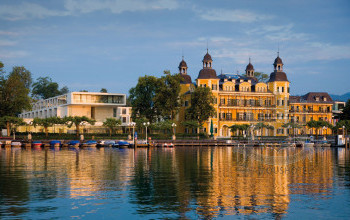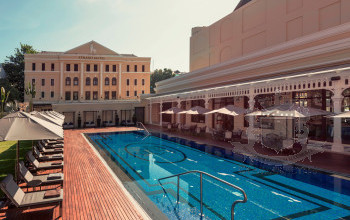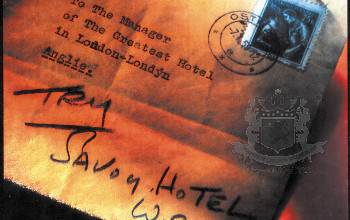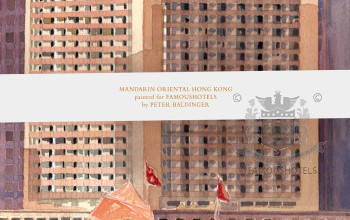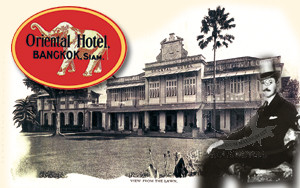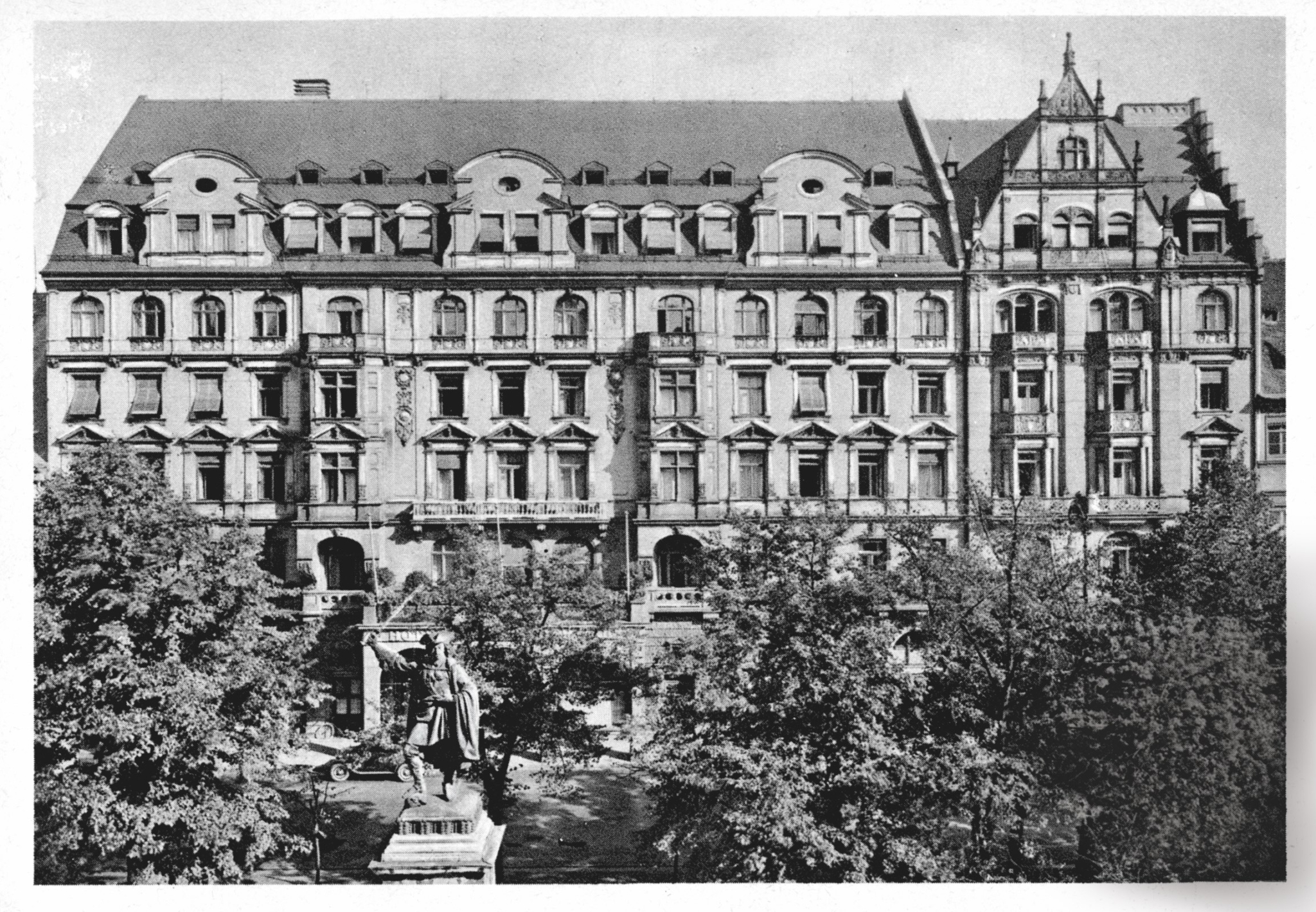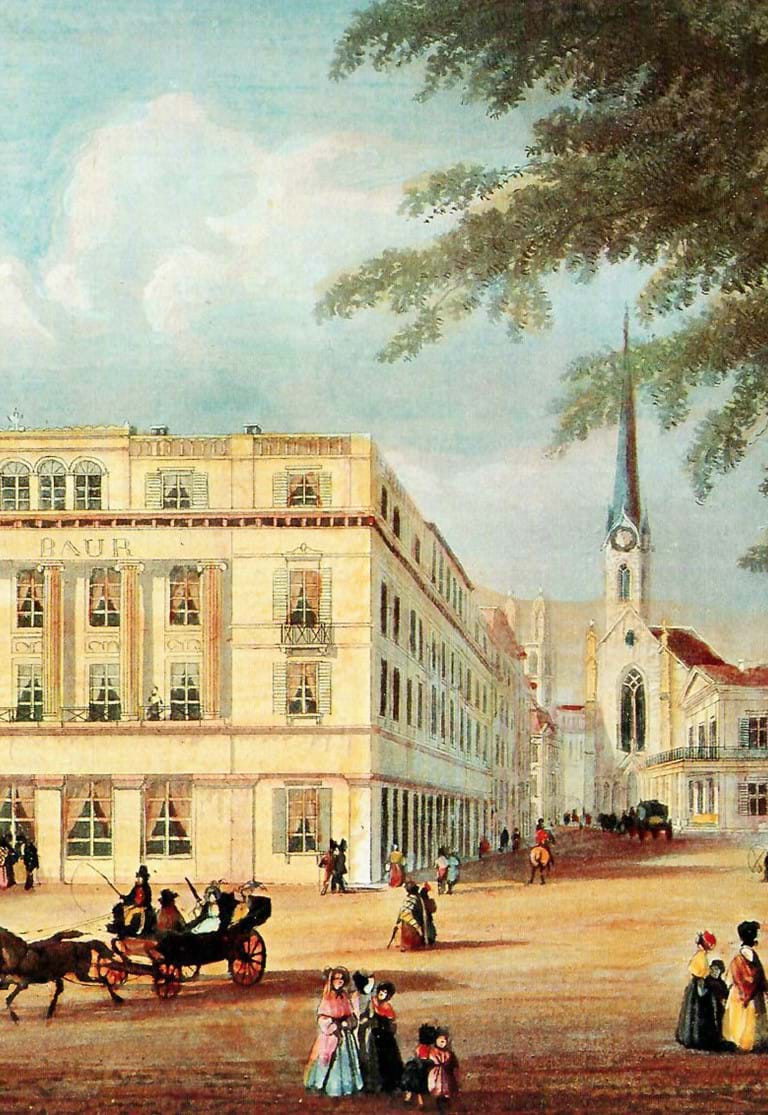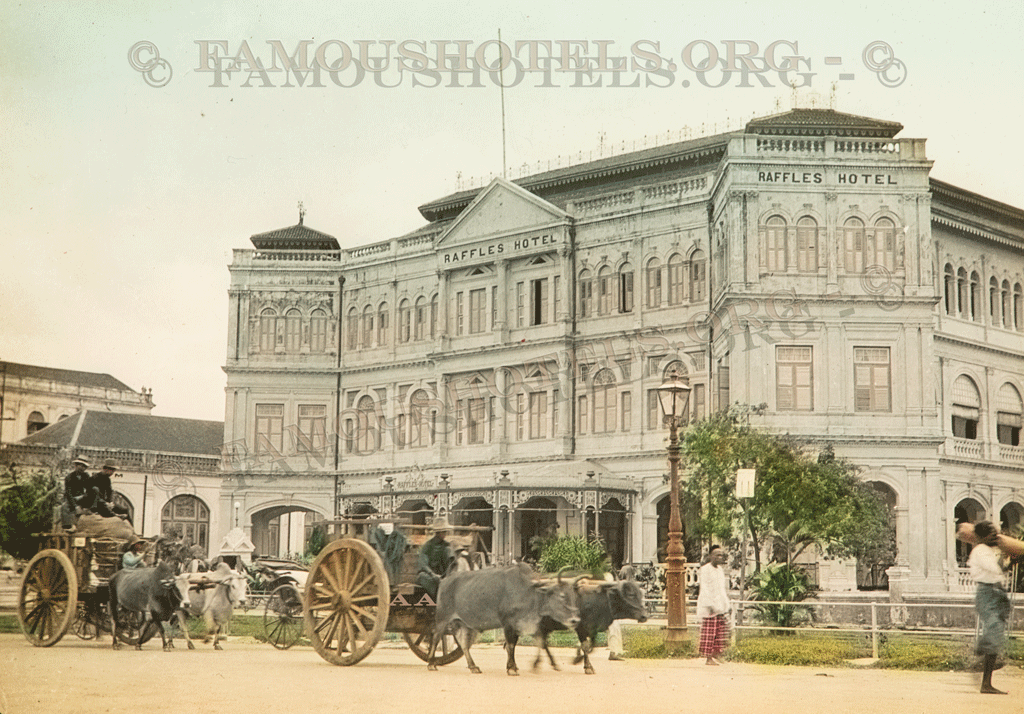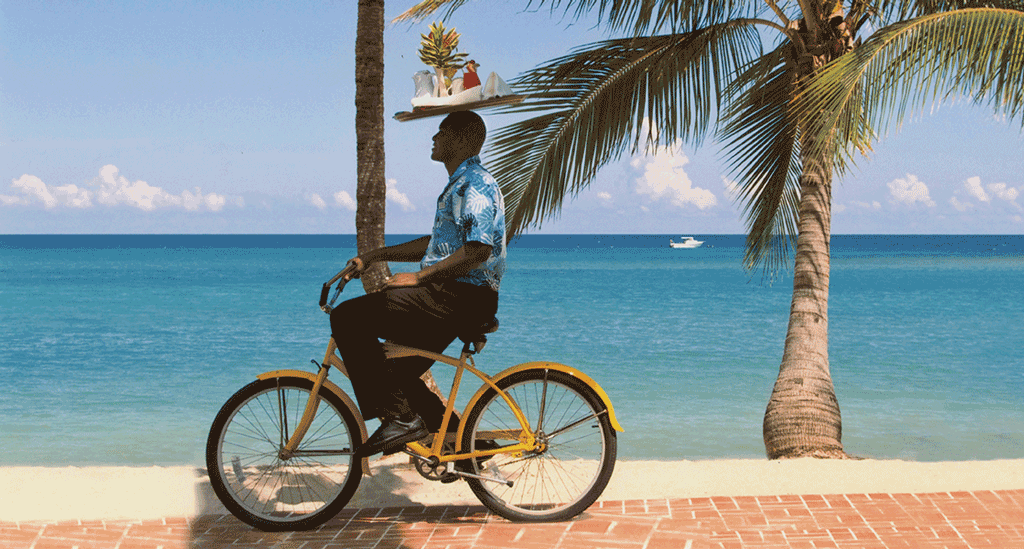The Third Hotel
( words)
Andreas Augustin tackled the impossible — and produced a book about the long missing third hotel of the Sarkies brothers. This is a list of the neccessary 12 pillars of success.
Once again, I am taking you on a journey into a historic grand hotel. This one is in Yangon, the capital of Myanmar, where it overlooks the banks of the city’s main river, on Strand Road. It is 'The Strand'.
1. 'There is no fate so uncertain as the fate of books of travel' said Joseph Conrad; 'They are the most assailable of all men’s literary productions. The man who writes a travel-book delivers himself more than any other in the hands of his enemies.'
Well, I said to myself, a travel-related 'hotel' book seems to be an even more dangerous affair. It describes atmospheres of the most personal nature. Doesn’t it touch the intimate moments of sleeping, eating, ..., being 'at home away from home'?
2. Back in 2001, I was sitting on the terrace of The Oriental Hotel in Bangkok reading Conrad, when the phone rang: 'It's Sally Baughan from the Strand Hotel in Yangon. Myanmar.' She paused for a second. 'The Strand, you know? Rangoon ... Burma!' Richard Kaldor of The Metropole in Hanoi had recommended The Most Famous Hotels in the World as a reliable institution to research the history of famous hotels. 'We are celebrating our 100th birthday next year. Could you help us put a book together?' 'Of course,' I replied like a shot.
3. 'Only two types of men should write about the East: those who know a great deal and those who know next to nothing.' Richard Curle wrote those words in 1923.
I had a very special personal interest in the hotel. The Strand was another enterprise of the Armenian Sarkies brothers, who so successfully founded one grand Asian hotel after the other (two of them are still up and running: the E&O on Penang and Raffles Singapore). Having written the history of Raffles in Singapore many years earlier, I was confident that we could do a good job. Under the farsighted entrepreneurial hotelier Adrian Zecha, who stood behind this turnaround, we became the official history researchers of The Strand, one of the rarest and most delightful properties of the East.
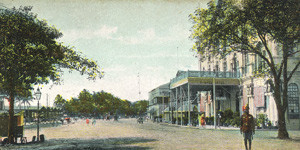
The Strand in 1910
4. Six months later, 17. January 2002. I arrived at Yangon on TG 303 the morning after the 125th birthday celebrations of the Oriental Hotel in Bangkok. The fireworks, speeches and voices of 1,200 guests were still echoing in my mind. The airport was relatively small. This used to be the hub of all Asian flights. The planes on KLM’s busy Amsterdam-Batavia line and the British Imperial Airways, later BOAC, used Rangoon as their hub in Asia. For over two decades Rangoon was the most important stop on the air route between Europe and South East Asia. Today the airport is as peaceful as its hinterland.
5. I was picked up by Ms Sally's driver, who drove me into town in a blue Volvo. Almost no traffic. Very relaxed. We glided by gas stations: one gallon one dollar. Yangon has five million inhabitants, and Myanma 47 million people, making it the largest country on the mainland of Southeast Asia. I spotted the hotel immediately, with its cream white facade. Ever since its renovation The Strand had been immaculate. Teak was combined with marble, creaking wooden staircases were covered with thick red carpets. There were 32 elegant individual suites including the pièce de résistance, the magnificent Strand Suite. The lady of the house welcomed her guest personally. A charming New Zealander, Sally Baughan's elegant touch could be felt everywhere, all over the house.
6. I hadn’t been without a mobile phone for years. Now, in 2001, I had to because Myanmar didn't support a free GSM system. Less than 1 percent of the population had a mobile. Nor did Myanmar support the internet for the broader public. I was cut off from the world. It took me some time to adjust – an interesting experience.
7. At night, the butler caught me in front of my door. I was about to escape to bed. He asked me if I required a wake-up call and took my order for breakfast. No door-hangers to be filled in – nice touch. Later I called him for a fax to be sent (yes, I was back to faxing). The butler, by the way, earned $80.00 a month.
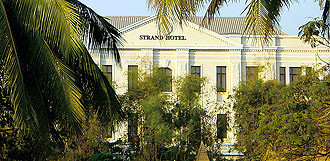
8. Sukhdeep Singh is the Managing Director of the Myanmar Hotels International group, the local mother company of The Strand. Within an hour he pulled half a dozen confirmed interview appointments for me out of his hat, suggested a good dozen of terrific leads and filled a few pages of my research notebook.
9. The phone in my room kept ringing. The lobby manager had taken over my agenda: 'Richard K. Diran is at the bar to meet you!' He is the author the splendid book The Vanishing Tribes of Burma, which includes a splendid selection of his own photographs.
'Can you please call Paul Strackton tonight at the in Inya Lake Hotel, room 205? He would love to give you some more leads – you know, he wrote that book on Myanmar?
Tomorrow at 10 you are meeting the representatives of the Ministry of Tourism, how did your meeting with Aunt Monica go this morning? Isn’t she a lovely lady?’ ‘Aunt Monica’ Mia Maung was a lady in her eighties who recalled many amusing anecdotes.
10. 'Are you interested in the history of the Strand Hotel?' The Burmese watchman of the Australian embassy across the road threw a careful eye on me. I was wandering around the hotel like a cat around the hot plate and must have looked somewhat suspicious. 'Yes, I am researching the history of The Strand.'
'My father used to work there. I even have some photographs and some old papers back home. I can bring them.' The Burmese smiled friendly. 'What’s your name?' I asked him. 'Andrew McDonald.'

Oldest postcard of The Strand
11. My long-term genious researcher and occasional co-author Andrew Williamson signalled some findings from London about The Strand's history. We did have some research results in Bangkok and in Singapore. I travelled back to start putting all material together. The day I left The Strand, Tony and Maureen Wheeler (Lonely Planet Guide Books) arrived for a lunch with Sally Baughen. She must have told them about my job. Days later an e-mail arrived from Australia. Subject: The Strand Hotel in the 1970s: 'The Strand's lobsters were not only quite good, they were also amazingly cheap, at US$2.50 for two. The waiters call everybody sir, male or female. By 11 pm you are likely to be feeling pretty lonely in the lounge area, though, just the occasional Strand rat scampering around the floor to keep you company. On the last night of one Burma visit, to my utter amazement hot water came from the shower when I turned on the tap.' That was in the 1970s.
12. Back at The Oriental, Sue Reiz, a former Strand general manager, passed through Bangkok. She told me her stories about how she had brought the hotel back to life after renovation. Many more followed.
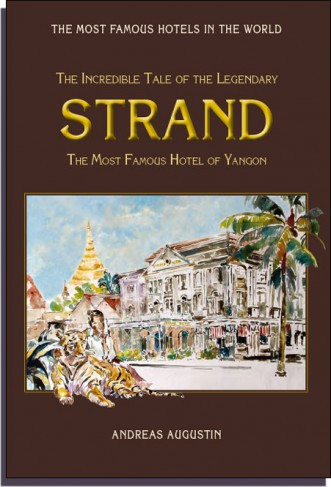 After years of research we had unearthed old menus, letters, labels and photographs including the material of studios like Watts and Skeen, a commercial photographic company active in Burma from 1888 to 1908.
After years of research we had unearthed old menus, letters, labels and photographs including the material of studios like Watts and Skeen, a commercial photographic company active in Burma from 1888 to 1908.
Finally we had found travel books and stories (see: Talbot Kelly - the painting writer) of the early and the more recent days of the hotel, and we were able to give The Strand a historical identity. We published an elegant cloth-bound book, and we had a small edition bound in fine leather.
Today, some ten years later, we have published the second, much extended edition of the Strand. Again in striking orange, with a cover illustration by Manfred Markowski, new photography and more old images.

